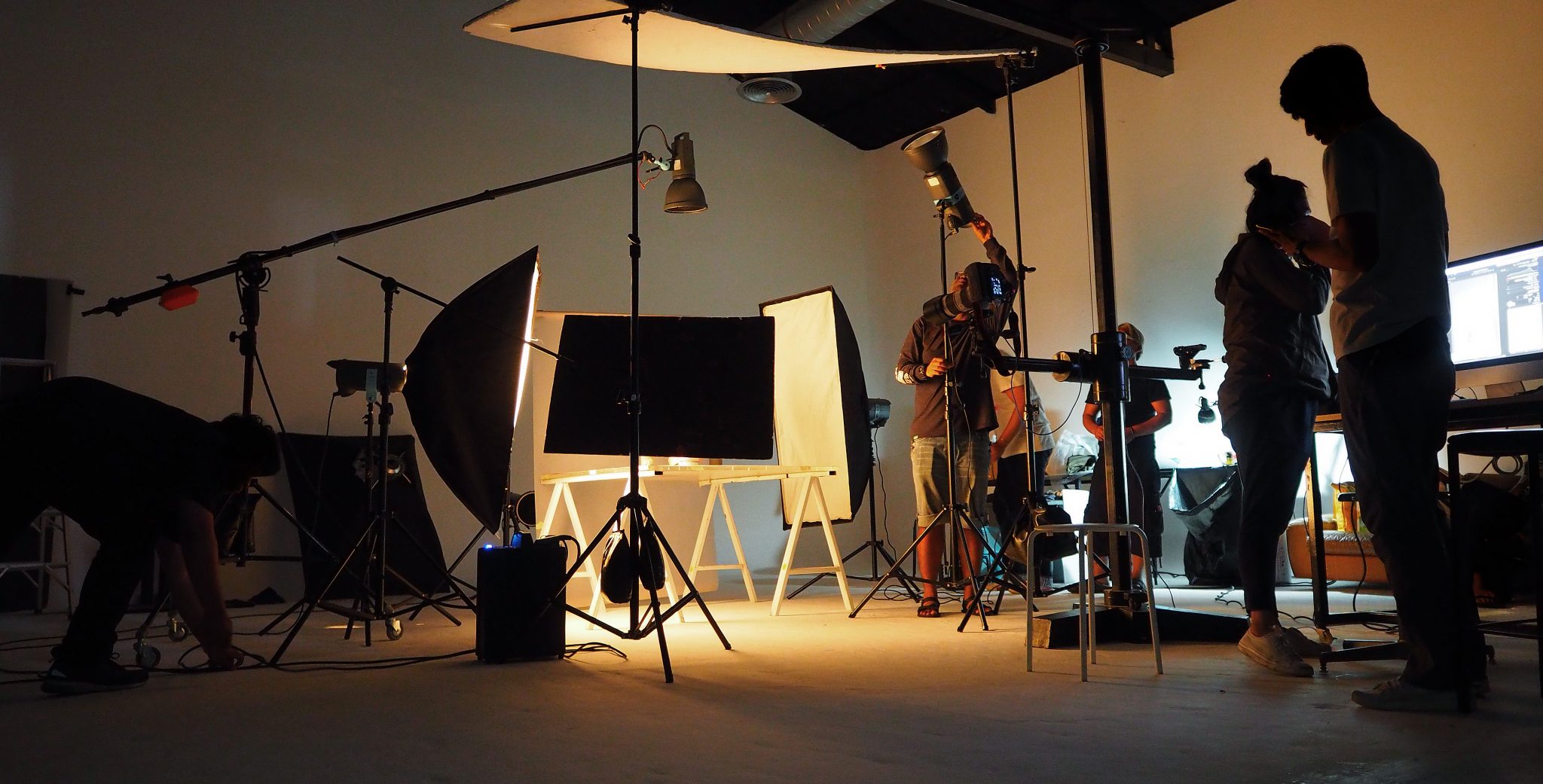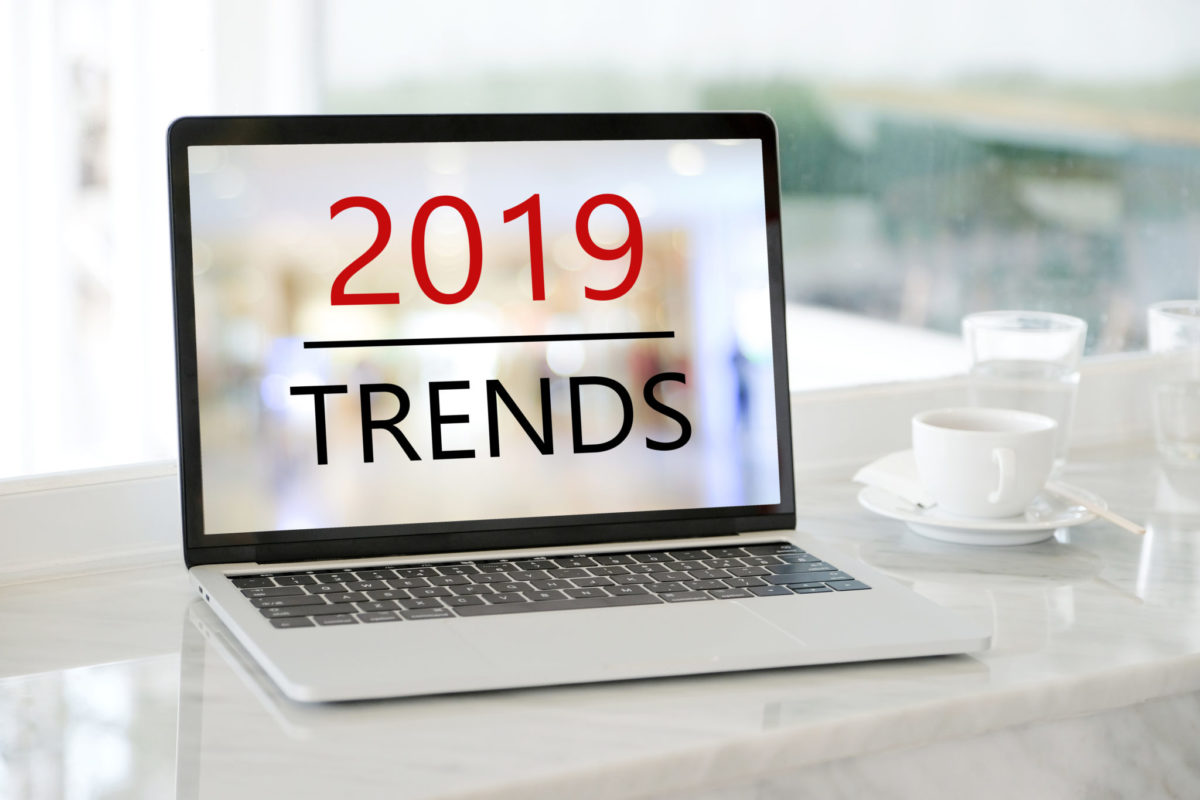Amazon
The largest online retailer, that just keeps getting bigger! Since the emergence of eCommerce websites, Amazon has been the main platform for retailers to sell their products through. However, over recent years, Amazon has become a huge advertising network.
The majority of global PPC spend continues to be absorbed by Google products. Despite the likes of Bing, Facebook and other territory-specific search engines taking their share, it’s the growth of Amazon Marketing Services that Google will be most fearful of.

For product retailers, Amazon has a large appeal, especially if Google Shopping has not been providing the desired return. We have seen retailers try and become less dependent on one channel to market, and Amazon offers a very attractive alternative with its huge audience and specific targeting. We’ve seen this in 2018, and we fully expect further uptake of AMS in 2019.
The one potential issue Amazon faces is the sustainability of small advertisers. With the platform taking a large percentage cut of product sales, coupled with ad spend, retailers need to make sure their margins are high enough to remain profitable. Smaller advertisers may find this challenging.
Video
There is an increased understanding from smaller businesses that brand awareness is a vital aspect of any successful online marketing. As a result, more campaigns are now being designed with that being the primary objective, and in turn, a video format is the desired media choice.
Reach, aesthetic appeal and low costs are all reasons why video is commonly used. With more inventory options available to advertisers where video formats can be displayed, we anticipate further increased activity in 2019.

One of the main inventories is, of course, YouTube, and there is a real focus of effort from Google to support smaller businesses to start video advertising. New product releases which allow the advertiser to measure, and even pay, using conversion metrics rather than reach. This is seen as a massive change and one that’s welcome. There will now be visibility on what end value your video campaigns provide. There is also the challenge of creating ad assets, an area where Google is offering support. With a number of shooting and editing tools, it’s never been easier to create an ad. And for certain regions, Google now offers a YouTube Director onsite video service where a professional will come and shoot the video for you.
Audiences targeting
With the drama of GDPR now behind us, advertisers and businesses are still picking through the bones of what valid data is available to them. Just as sophisticated re-targeting campaigns had become the ‘bread and butter’ of digital advertising, GDPR threw the ultimate curveball.
With time to digest the impact, we are now seeing businesses provide us with not only GDPR compliant customer data, but also more detailed data. The information that can now be aligned to a user is more specific than ever before, and this is allowing advertisers to design granular and efficient campaigns.
The key word is efficiency. Reach has never been in question when it comes to online advertising, however the accuracy of targeting has been. By not only gathering data but understanding the information it provides, you are able to refine and more accurately target previous users/customers.
It’s a given that this will be big, not only next year but for years to come as it’s a fundamental practice in all marketing. However, we expect a real shift in focus in 2019 as more and more smaller businesses ‘dip their toes’ in online advertising, but with reduced budget and conversion led targets, efficiency is vital.
Attribution and lifetime value
For a while now, businesses have trundled along without having an absolute understanding of the full value of an online user. However, advertising platform providers such as Google are trying to change that with the launch of different attribution models, DDAM.
With the above and more of an emphasis on the analytical side of advertising, businesses are now getting a more accurate picture of how effective their ad campaigns are. We are now seeing more educated decisions being made when judging the effects of any campaigns. More often than not, we’re being told ‘let’s keep it running to see what value it brings in the future’ rather than us advertisers having to explain why we recommend running activity for a period of time before dismissing it.
Artificial Intelligence (AI) and automation
This certainly isn’t ground-breaking, however the use of AI in automating processes is becoming more common. The accuracy of machine learning is constantly improving, and its availability to advertisers is now better than ever. Due to this, advertisers are now leveraging it, even for the smallest of businesses.
None of this is possible without data. This is why there’s now a push to gather as much valuable data as possible, post-GDPR. Once gathered, there is less of a need to truly understand it, as we’re allowing machines to do it for us. This then triggers many automated processes such as targeting, bidding and refinements.
It’s cost-effective, more available than before, and more accurate in its application than any human, so expect AI in automated processes to become more popular in 2019.
Need any help in developing your PPC strategy for 2019? Get in touch now and our specialists will help you.




